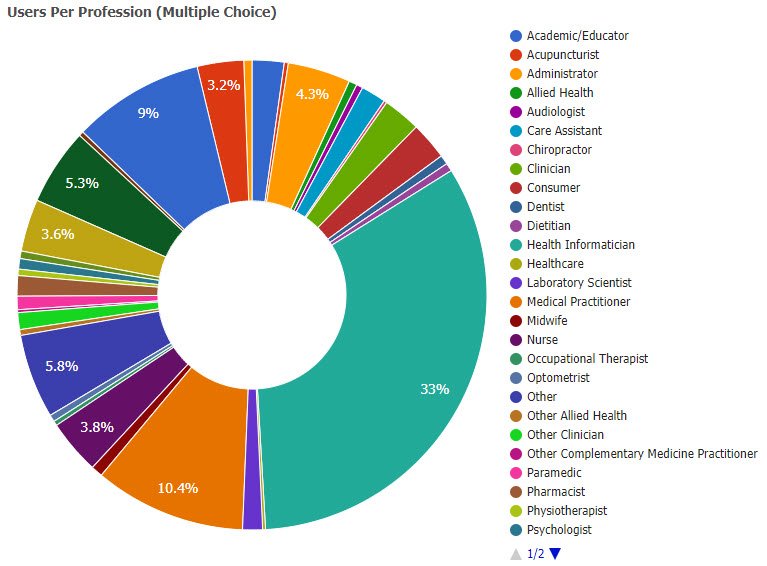Now for a blog version of my Twitter thread celebrating the achievements of the international openEHR Clinical Modelling Program, its' Editors, & its' community of volunteer reviewers. I'm so proud of these people, these models. Together we've achieved something truly unique & groundbreaking 🌟🌟🌟🌟🌟
1. The archetype design methodology - a strategic and coordinated approach to data design that proactively deconstructs clinical knowledge & applies scientific rigour and repeatable clinical recording patterns to clinical information model development
2. The openEHR Clinical Knowledge Manager (CKM) tool - our secret weapon! This custom-built unique online tool is the coordinating centre for the Clinical Modelling Program - our library of archetypes, collaboration portal, and governance hub rolled into one.
3. Our archetype library is the most advanced and coherent collection of multilingual clinical information models available in the public domain.
4. The clinical knowledge governance methodology is unique, comprehensive and sophisticated, embedded into the CKM. Where else can you witness the innovation of parallel clinical information model content publication processes integrated with technical versioning?
5. We crowdsource the quality of our archetypes! The CKM has integrated an asynchronous, open & transparent peer-review approach to quality assurance of the archetype content so that clinicians & domain experts verify the content as ‘fit for use’ in clinical systems.
6. Clinician engagement in health data standards has been encouraged by reducing the technical/tooling barriers to enable grassroots clinicians to participate in archetype design and review.
7. We have built a spectacular CKM community, all by word of mouth and peer-to-peer recommendation.
- 2666 registered users from 104 countries, including 1017 volunteer reviewers.
- 300 registered translators and archetypes translated into 31 languages.
8. And within that CKM community:
33% identify as health informaticians
10.4% as medical practitioners
9% as students
5.8% as 'other'!
5.3% as software engineers
4.3% as administrators
3.8% as nurses
3.6% as researchers
2.6% as consumers
2.2% as academics
9. Demonstration of up to 100% archetype reuse across various, multilingual clinical scenarios in the earliest days of the COVID-19 pandemic – see "openEHR Archetype Use and Reuse Within Multilingual Clinical Data Sets: Case Study".
10. Identification of common, reusable modelling patterns in clinical recording eg the fractal nature of physical examination findings for different clinicians at varying levels of detail; tobacco, alcohol, substance use summaries.
11. Coordinating international publication of archetyped content for safety-critical, core or advanced clinical concepts where it is difficult to achieve consensus eg Adverse Reaction Risk in 2016 (incl the FHIR community); Advance care directive for patients & Advance intervention decisions for clinicians.
12. Our openEHR International archetype library underpins eHealth programs in Norway, Slovenia, England, Wales, Scotland, Alberta (CA) & Catalonia; EHRs for the City of Moscow, the Chinese Military & COVID CDS deployed in Wuhan. It also underpins an evolving national primary care data dictionary in AU.
13. And finally, if you're in the mood for some light reading, our Zotero library folder focused on #openEHR clinical modelling.
What have I missed?


